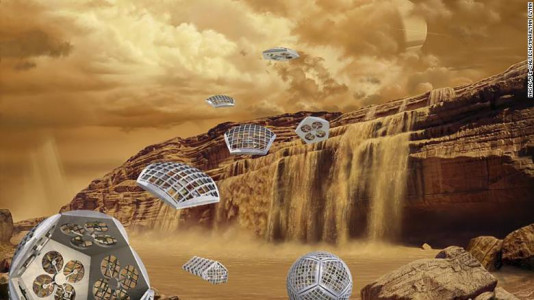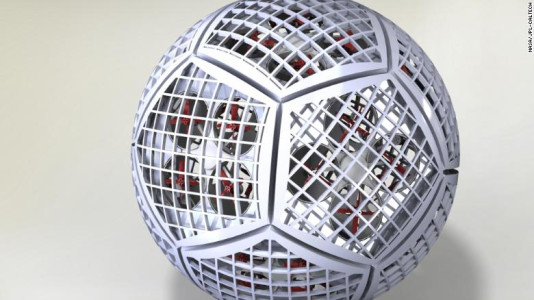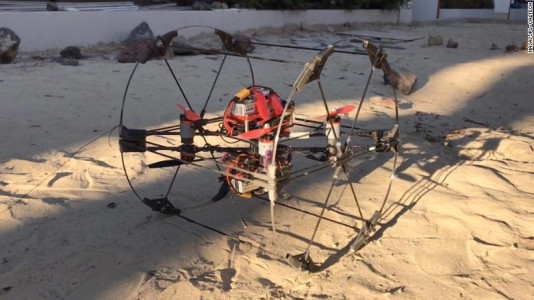
WHY THIS MATTERS IN BRIEF
Todays robots are, by future standards, fairly fixed and static affairs, but tomorrow they’ll evolve and transform themselves to suit their environments.
 Interested in the Exponential Future? Connect, download a free E-Book, watch a keynote, or browse my blog.
Interested in the Exponential Future? Connect, download a free E-Book, watch a keynote, or browse my blog.
Recently I talked about a new Polymorphic liquid metals that, when combined with the futuristic liquid computers we’re developing, could one day see us realise our ambition of creating the ultimate intelligent, shape shifting robot. And as robots, the intrepid explorers of our solar system, boldly venture further and further into space, whether it’s as assistants on the International Space Station, miners on Mars, spacecraft pilots, or explorers of ancient asteroids, one organisation, NASA, thinks that it’s time to step it up a notch and create robotic explorers that are adaptable enough to explore and tackle any challenge and any environment the solar system can throw at them.
So now enter the “Shapeshifter,” a Transformer-like collection of mini robots that can transform into one amazingly capable multi-functional robot, or many mini robots that can all act independently, and, according to NASA, they already have a team testing the concept at their Jet Propulsion Laboratory in the US.
At the moment the team think that in the end the final Shapeshifter concept could include up to 12 robots that can fly or swim, explore caves and oceans, and go anywhere where other robots haven’t so far been able to explore.
Made up of individual autonomous robotic units called co-bots each unit would be equipped with a propeller for movement and flight, with the researchers envisioning that they could come together automatically, like some of the recent self-assembling self-healing robot swarms I discussed recently, without anyone from Earth having to intervene or send commands, so, for example, they could form a rolling sphere, fly independently, or even create a daisy chain while exploring caves or other geological formations.
At the moment though the teams current prototype looks more like a semi-autonomous hamster wheel with a drone at the center that can split in two and turn into two flying drones.
Ali Agha, a principal investigator at JPL, sees Shapeshifter exploring Titan, a moon orbiting Saturn that’s rife with bodies of liquid methane on the surface. A NASA lander called Dragonfly will set off for Titan in 2026 to follow up on observations made by NASA’s Cassini mission, and Agha hopes Shapeshifter will be part of the payload so it can help explore the moon’s mysterious surface, and the possible ice volcanoes or caves hiding beneath its dense atmosphere.
“We have very limited information about the composition of the [moons] surface. Rocky terrain, methane lakes, cryo-volcanoes – we potentially have all of these, but we don’t know for certain,” said Agha. “So, we thought about how we could create a system that is versatile and capable enough to traverse and explore different types of terrain, but also compact enough to launch on a rocket.”
In theory Shapeshifter could rely on a spacecraft lander that could deliver it to Titan, and provide energy and carry instruments for experiments and analysis of the moon’s surface.
“It’s often the case that some of the hardest places to get to are the most scientifically interesting because maybe they’re the youngest, or they’re in an area that was not well characterized from orbit,” said Jason Hofgartner, JPL lead scientist for Shapeshifter. “Shapeshifter’s remarkable versatility could enable new types of access to all of these scientifically compelling places.”
The teams concept will be submitted to NASA’s program managers in 2020 for review.



















